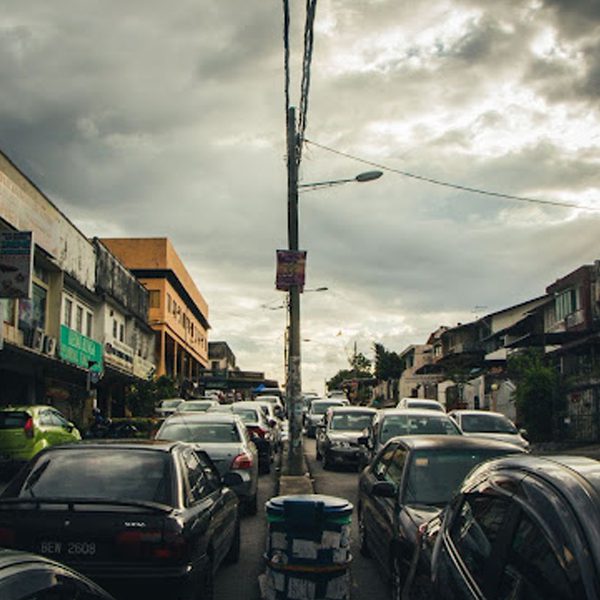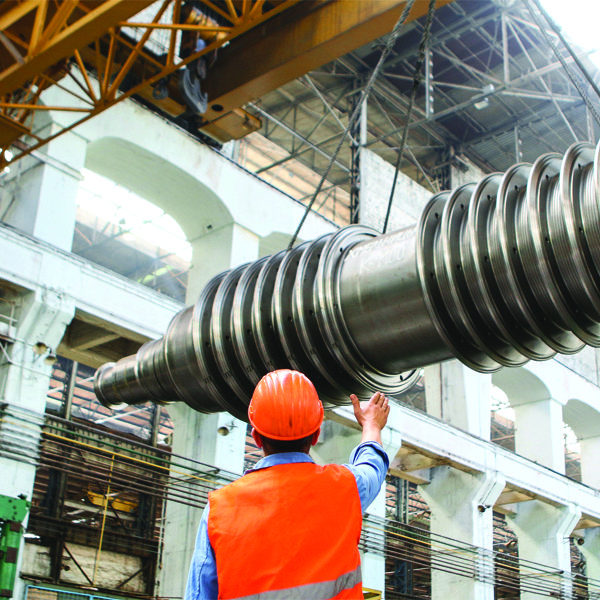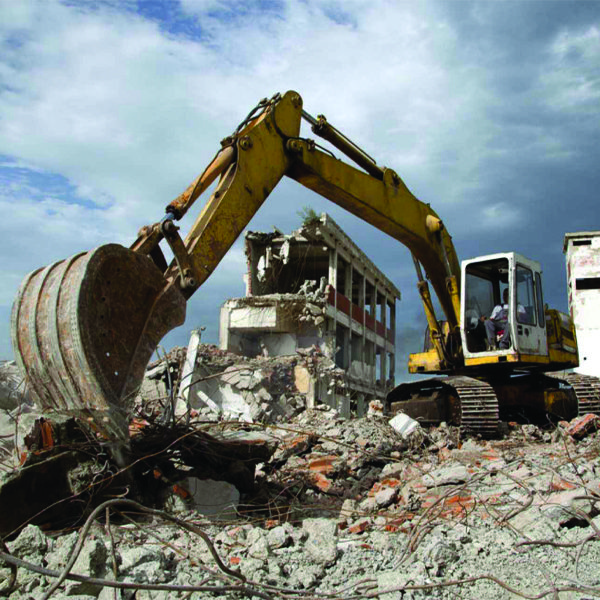Critical challenges of building Megaprojects
Megaprojects are large-scale, extraordinary endeavours requiring exceptional skills, knowledge and resources, costing over 1 billion dollars. According to the United Nations, at least 60% of the world’s population will live in cities by 2050. As a response, sustainable, well-planned and responsibly executed megaprojects can aid in combating the challenges pertaining to the rapidly increasing urban population.
However, for the companies or consultancies providing design, engineering and construction services, these projects come with unforeseen and complex challenges.
Some of these key challenges include:
Planning for future contingencies
The inability to effectively map the project scope during the initial stages often leads to time delays and overspending. Moreover, a significant change in design due to continually modifying policies from the local bodies invites re-work on site. Despite the vast experience, companies establish the scope of megaprojects with inaccuracies and catching up on schedules always results in cost overruns. An effective tool for estimating the complete project scope is a work breakdown structure (WBS). It is a deliverable–oriented tool that breaks the project down into smaller components and multiple milestones, simplifying a time-consuming task.
Minimising Cost Overruns
A significant challenge with megaprojects is sticking to a fixed budget under dynamic circumstances. For example, rapidly fluctuating labour wages, material costs, tariffs, subcontractor fees and various authorities charges add to the managerial endeavour and require budget restructuring. Additionally, construction projects are scheduled and estimated years in advance. In most cases, a price escalation is observed during the project delivery. According to research, 98 percent of projects are estimated to suffer cost overruns — validating the inclusion of an in-house project management team for AEC firms.
Tackling Shortages
India and China are working on some of the largest megaprojects and often require more raw materials, including concrete, wood and steel, for construction. Projects such as smart cities, tunnelled infrastructure, dams and ports heavily rely on concrete. The shortage in supply of critical project materials can delay schedules and trigger cost overruns. Additionally, a global shortage of skilled labour in gulf countries such as Dubai, Israel and the UAE results in importing skilled labour, thus escalating the project cost.
The world requires megaprojects to succeed as they can solve many spatial, social, economic and psychological issues. For example, the Signature Bridge, the tallest structure in New Delhi connecting East Delhi to Wazirabad, provides the city with an iconic megastructure. The project incurred plenty of time delays and cost overruns. Although it is nearly twice the height of Qutub Minar, it suffered delays due to a complex design because of an altered scope midway through its construction. The project was completed at approximately four times the planned budget and opened to the public in 2018.
Significant to a nation’s development, such megaprojects involve a high magnitude of assigned resources and engender a micro economy around themselves. Hence they must be dealt with in a meticulous and responsible manner for the greater good.




